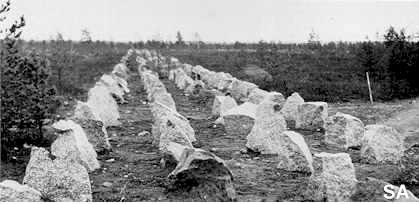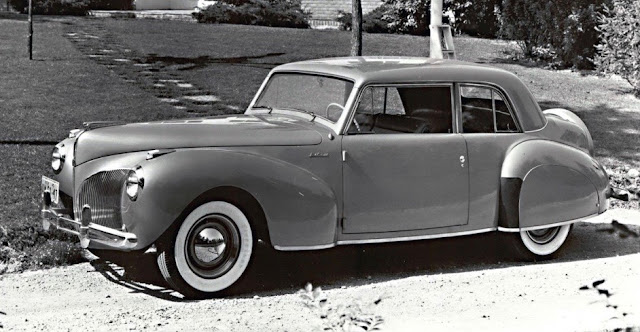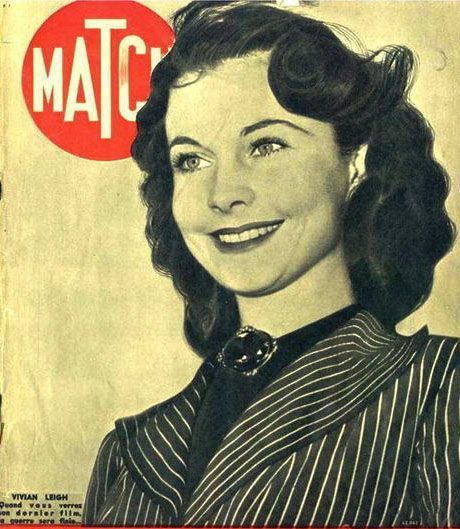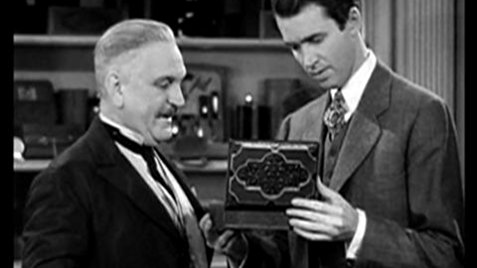Wednesday 14 February 1940
 |
| Finnish soldiers sheltered from bombardment during the Russian attack on the Mannerheim line, February 1940.(Photo: SA-kuva). |
The Finns also admit that their forward line on the Karelian Isthmus has been breached, but also say that the Soviet advance has been stopped at the second line of defenses.
The British government gives formal permission for British volunteers to serve in the Finnish armed forces. Parliamentary Under-Secretary of State for the United Kingdom’s Home Department Osbert Peake says:
A general license has been granted to British subjects to enlist in the Finnish forces, and a license has been granted to the recruiting organization which has been established in London.Winter War Army Operations: It has now been 72 continuous hours of horrific bombardment and Soviet attacks against the entire line. The temperature decreases in the morning to minus 31 degrees Celsius, and there are no reserves. When ammunition is sent forward, it typically is with a message that this is the last of it, so use it wisely.
The fighting becomes medieval. In one section of the line, on the eastern end of the Suursuo swamp, the Soviets open a renewed attack in the morning with the 24th Rifle Division, composed of the 274th and 168th Regiments. Earlier, at 03:45, the 1st Division HQ refused an order for the 2nd Brigade to retreat. The Soviet offensive on a wide track fails after desperate Finnish resistance by a dwindling group of men (248 men hold a 3-km front, all that is left of 3 battalions). The Finns counterattack by attempting to blow up a key Soviet bunker, but the Soviet 274th Regiment beats them back with a hail of machine gunfire. After that, the Soviets counterattack again, and the two sides remain in hand-to-hand combat all night long.
On a different section of the line, Finnish General-Major Laatikainen in command of the 1st Division orders his men in the 1st Brigade to withdraw behind the River Peronjoki. This is a switch position that can only be held temporarily. By withdrawing, the General uncovers the flanks of adjoining units, but the position simply cannot be held. War requires difficult decisions. The Finns have used up their reserves and the Mannerheim Line can no longer be held in the Lahde sector.
The Finns all along the line are running out of ammunition, and losses in men are becoming critical. Among many other issues, Finnish artillery observers rely on phone lines which the Soviet artillery blasts continually sever despite the best efforts of the Signal Corps to keep them operational.
Battle of the Atlantic: A Hudson of Coastal Command spots the German supply ship Altmark making a run for Germany in Norwegian waters. The Altmark was the supplier for the Admiral Graf Spee and has the British prisoners that it took on board. It is near Trondheim and Captain Heinrich Dau believes that he is safe in Norwegian territorial waters.
U-57 (Oblt.z.S. Claus Korth) torpedoes large British tanker SS Gretafield 20 miles east of Wick, Scotland at 01:35. There are 31 survivors, 10 perish. Gretafield drifts ashore burning out of control.
U-53 (K.Kapt. Harald Grosse) torpedoes and sinks Danish freighter S Martin Goldschmidt west of Ireland at 05:00. There are 5 survivors, 15 perish.
U-26 (Heinz Scheringer) torpedoes and sinks British wheat freighter Langleeford (Master H. Thompson) 70 miles northwest of Fastnet, Ireland. There are 30 survivors, 4 perish. The Germans give the survivors some rum, cigarettes, bread, and bandages and point them in the direction of Ireland. The boat makes landfall at Ross, County Clare.
At 17:00, U-48 (Kptlt. Herbert Schultze) sinks the British food freighter SS Sultan Star some 200 miles from Land's End, England. The ship is part of a convoy, and destroyers HMS Whitshed, Vesper and Acasta drop 22 depth charges to no purpose. There are 72 survivors picked up by the Whitshed.
US passenger liner Manhattan is detained at Gibraltar for a few hours, then allowed to proceed. The US freighter Exermont is detained as well.
Convoy HG 19F departs from Gibraltar, and Convoy SL 20F departs from Freetown.
Terrorism: The IRA plants five bombs in Birmingham. Two shops are damaged in the explosions.
British Government: First Lord of the Admiralty Winston Churchill announces that all merchant ships are to be armed due to U-boat attacks.
Vatican: Rationing begins.
 |
| The temporary Filter Room set up at RAF Fighter Command HQ at Bentley Priory, Stanmore, Middlesex, 14 February 1940. |
February 1940
February 1, 1940: Second Battle of SummaFebruary 2, 1940: Soviet Assaults at Summa February 3, 1940: Soviets Capture a Bunker
February 4, 1940: Peace Talks in Stockholm
February 5, 1940: Allies to Invade Norway
February 6, 1940: Careless Talk Costs Lives
February 7, 1940: IRA Terrorists Executed
February 8, 1940: Spies!
February 9, 1940: The Welles Mission
February 10, 1940: Confiscation of Jewish Goods
February 11, 1940: Soviets Attack Mannerheim Line
February 12, 1940: Breaches In Mannerheim Line
February 13, 1940: Soviets Inching Forward in Finland
February 14, 1940: Soviets Batter Mannerheim Line
February 15, 1940: Finns Retreat
February 16, 1940: Altmark Incident
February 17, 1940: Manstein and Hitler Discuss Fall Gelb
February 18, 1940: Operation Nordmark
February 19, 1940: King Gustav Says No
February 20, 1940: Falkenhorst Commands Weserubung
February 21, 1940: Radar Advances
February 22, 1940: Friendly Fire
February 23, 1940: Soviets Present Their Demands
February 24, 1940: Fall Gelb Revised
February 25, 1940: Mr. Welles Comes to Visit
February 26, 1940: Battle of Honkaniemi
February 27, 1940: Finns Retreat Again
February 28, 1940: Overseas Volunteers Help Finland
February 29, 1940: Finns Accept Soviet Terms In Principle
2019

















